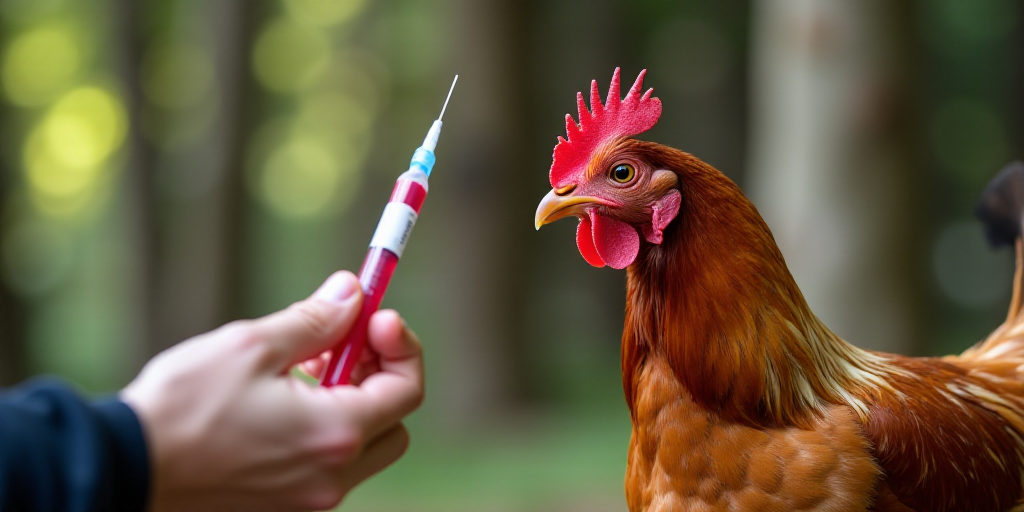Background on Avian Influenza and Its Impact on Humans
Avian influenza, commonly known as bird flu, is a viral infection that primarily affects birds. However, it can occasionally spread to other animals, including mammals like cats, dogs, and even humans. The World Organisation for Animal Health (OIE) reported that in 2024, cases of avian influenza in mammals doubled compared to the previous year, raising concerns about a higher risk of virus transmission among humans.
Who is the World Organisation for Animal Health (OIE)?
The World Organisation for Animal Health, also known as the OIE, is an international organization dedicated to improving animal health worldwide. Comprising 182 member countries, the OIE sets global standards for animal diseases, zoonotic diseases, and food-safety issues related to animals. The organization plays a crucial role in monitoring, controlling, and preventing the spread of animal diseases that can impact human health.
The Increase in Avian Influenza Cases in Mammals
In 2024, the OIE reported a significant rise in avian influenza cases among mammals. This increase poses a greater risk to humans, as the virus can mutate and potentially lead to a pandemic. The doubling of cases indicates that the virus is spreading more rapidly among animal populations, which could result in increased human exposure.
Why is this a concern for humans?
Humans can contract avian influenza through direct contact with infected birds or contaminated surfaces. Although human-to-human transmission is rare, the virus can mutate and become more contagious. A higher number of cases in mammals increases the likelihood of human exposure, potentially leading to more severe consequences.
Key Actions and Impact
- Monitoring and Surveillance: Enhanced surveillance of avian influenza in both birds and mammals is crucial to detect outbreaks early and prevent further spread.
- Public Health Measures: Strengthening public health systems to quickly identify and respond to potential human cases is essential.
- Veterinary Interventions: Collaboration between veterinarians and public health officials to control outbreaks in animal populations can reduce the risk of human exposure.
- International Cooperation: Countries must work together to share information, resources, and best practices for managing avian influenza outbreaks.
Key Questions and Answers
- What is avian influenza? Avian influenza, or bird flu, is a viral infection that primarily affects birds but can occasionally spread to other animals, including mammals and humans.
- Why is the doubling of cases in mammals concerning? The increase indicates a higher risk of virus transmission among humans, as the virus can mutate and potentially lead to a pandemic.
- How can we mitigate the risk of human infection? Enhanced surveillance, public health measures, veterinary interventions, and international cooperation are essential to control avian influenza outbreaks and protect human health.






